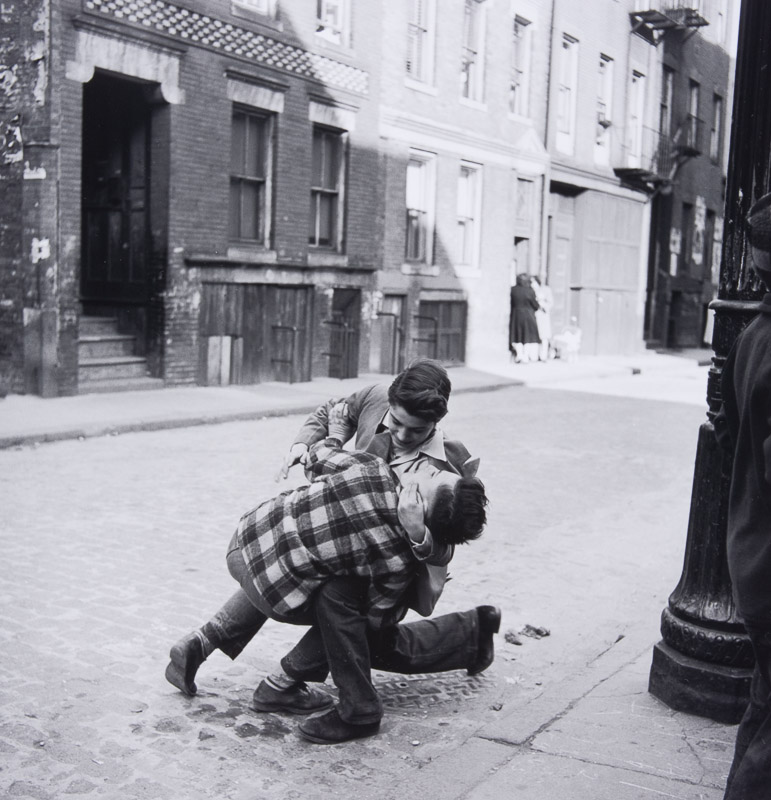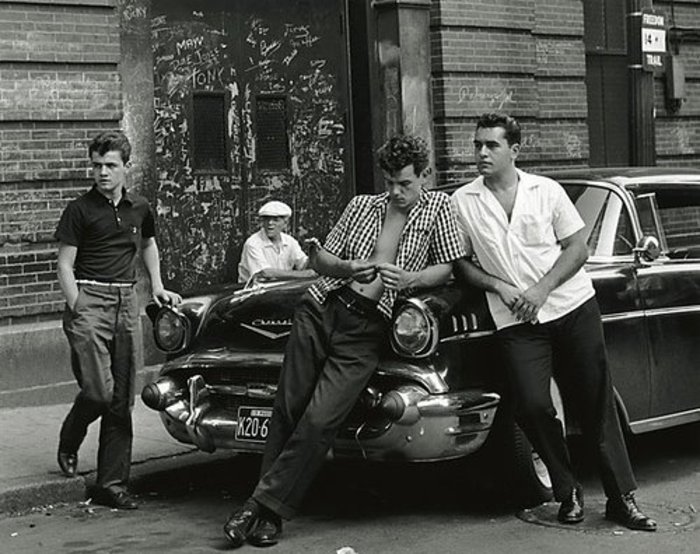Yesterday I finished the last scene of the new book, a scene I had been wrestling with for days. Endings are a tricky business. Obviously the last page of a novel should move the reader somehow, which is why writers tend to swing for the fences. This is where the prose often puffs itself up — “So we beat on, boats against the current,” that sort of thing.
There is an old joke that no man should wear a Greek fisherman’s cap unless he is both (a) Greek and (b) a fisherman. Well, stirring finales like “So we beat on…” ought to come with a similar warning to writers: Don’t try this unless (a) you are F. Scott Fitzgerald and (b) you have just written The Great Gatsby. By the end of an effective novel, the drama of the story should be moving enough, anyway, without the need for grandiose writing. Less is more.
But there is danger at this end of the spectrum, too. I find a lot of novels end too abruptly to be satisfying. They show too much restraint. They simply stop. To me, as a reader, I want all my time and emotional investment in the characters to be paid off somehow. Less is more — but only to a point. Then less becomes too little.
So it is a difficult balance, and I finally managed to get something down that I could live with. Now I go back to fill in a few holes. There are a couple of short scenes to write from scratch plus one to rewrite, then I will have a few weeks to edit and polish before I send it all to my editor, Kate Miciak, at Random House. Several more rounds of edits will follow, until we all run out of time or patience, whichever comes first. But the heaviest lifting is done, and that is a huge relief.

